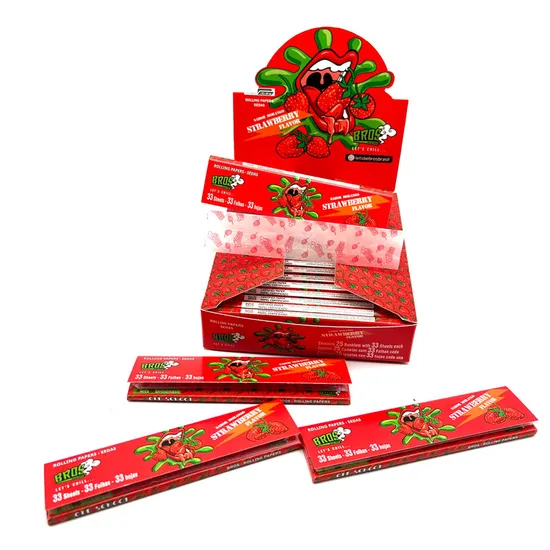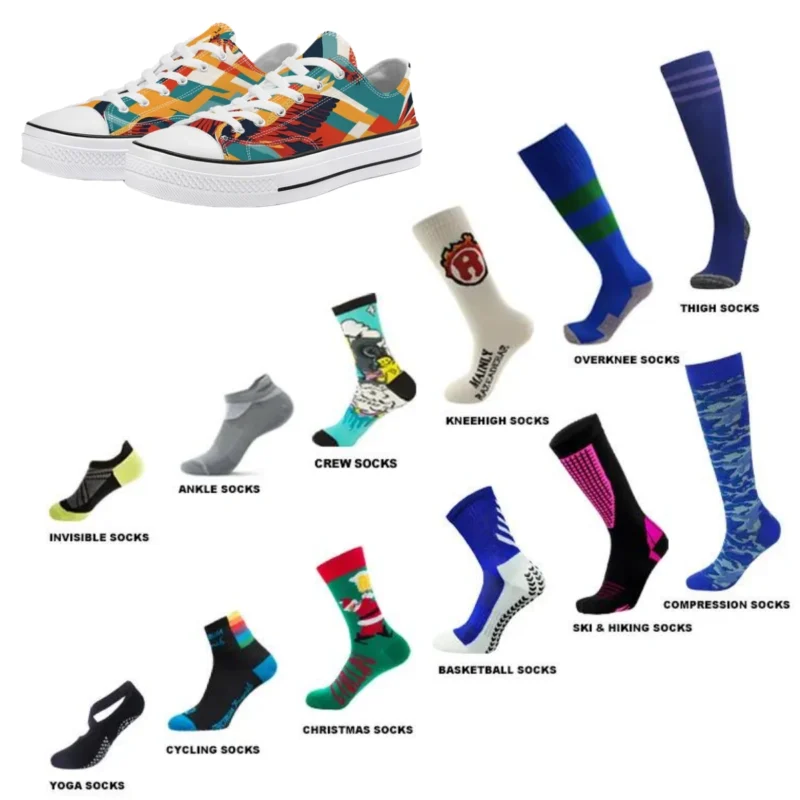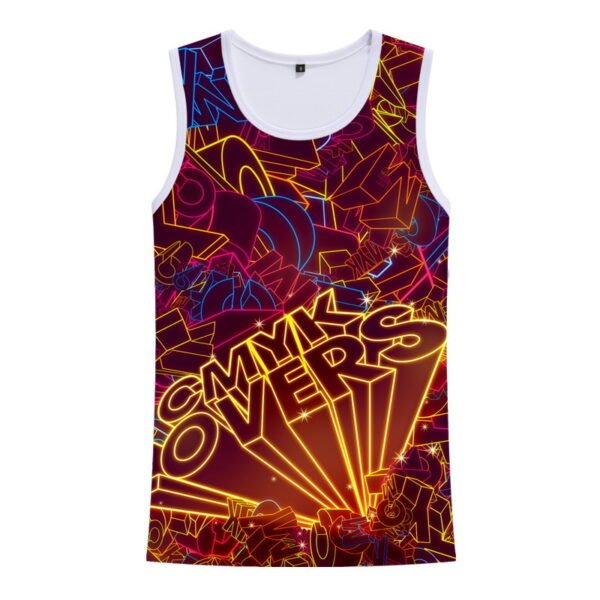The Art of Rolling Papers: Materials, Production, and Pricing in Smoke Shops

Introduction
Rolling papers have been an essential part of the smoking culture for centuries. From the early days of hemp and flax to the modern era of eco-friendly and flavored options, the evolution of rolling papers reflects the changing preferences and innovations in the industry. This article delves into the materials used, the production process, and the factors influencing the price of rolling papers in smoke shops.
Materials Used in Rolling Papers
Rolling papers are made from a variety of materials, each with its own characteristics and impact on the final product’s quality and price.
1. Hemp Rolling Papers
Hemp rolling papers have gained popularity due to their eco-friendly nature. Made from hemp fibers, they are more sustainable and have a reduced environmental impact compared to other materials. Hemp papers also offer a smoother smoking experience.
2. Rice Rolling Papers
Rice papers are known for their natural, unbleached appearance and mild flavor. They are made from rice straw, which is a byproduct of rice farming, making them an affordable and eco-friendly option.
3. Wood Pulp Rolling Papers
Wood pulp papers are the most common and affordable type. They are made from softwood or hardwood pulp and can be bleached or unbleached. The quality and price can vary greatly depending on the processing and additives used.
4. Flax Rolling Papers
Flax papers are made from flax fibers, which are known for their strength and durability. They offer a natural, earthy flavor and are often considered a premium option.
Production Process of Rolling Papers
The production process of rolling papers is a meticulous journey that ensures quality and consistency.
Step 1: Gum Preparation

The gum, derived from the acacia tree in Sudan, is carefully sourced and processed to ensure a clean, natural product. It is mixed with water and additives at 65°C to enhance performance.
Step 2: The Master Paper Roll
The base of custom rolling papers comes from “master rolls” delivered from paper mills in France and China. These rolls are cut into smaller bobbins while simultaneously applying the gum layer.
Step 3: Conditioning the Bobbins
The bobbins are stored in a temperature-controlled room to stabilize the paper and gum, ensuring optimal performance during the next stages of production.
Step 4: Wrapping
Wrapping is a crucial process where papers are given the robustness needed for everyday use. Layers are carefully bonded to create durable, high-quality sheets.
Step 5: Printing and Packaging
Booklets and display boxes are printed on high-performance machines, and the sheets are sent for special lamination to provide an anti-tear effect. Die cutting is used to cut precise shapes for booklet wrappers and display boxes.
Step 6: Assembly of Bobbins to Booklets
Interleaving and packaging are integrated to streamline operations and minimize waste. Each booklet is carefully packed and ready to reach customers worldwide.
Factors Influencing the Price of Rolling Papers
The price of rolling papers in smoke shops is influenced by several factors, including materials, production costs, brand reputation, and market demand.
1. Material Costs
The choice of material significantly affects the cost. Hemp and flax papers are generally more expensive due to their eco-friendly nature and higher production costs compared to wood pulp papers.
2. Production Costs
The complexity of the production process, including the sourcing of materials, the intricacy of the wrapping process, and the quality control measures, all contribute to the final price.
3. Brand Reputation
Well-established brands with a reputation for quality and innovation can command higher prices for their products.
4. Market Demand
The demand for specific types of rolling papers, such as flavored or eco-friendly options, can drive up prices due to limited supply and high consumer interest.
FAQ
Q1: Are all rolling papers the same?
A1: No, rolling papers vary in material, size, flavor, and thickness, each affecting the smoking experience and price.
Q2: What is the most eco-friendly rolling paper option?
A2: Hemp rolling papers are considered the most eco-friendly due to their sustainable nature and reduced environmental impact.
Q3: Do flavored rolling papers affect the taste of the herb?
A3: Yes, flavored rolling papers can add an extra layer of taste and aroma, which some consumers enjoy, while others prefer unflavored papers for a purer taste.
Q4: How can I tell if a rolling paper is of high quality?
A4: High-quality rolling papers are typically made from natural materials, have a consistent burn, and are free from harmful additives.
Conclusion
The world of rolling papers is a complex tapestry of materials, production techniques, and market dynamics. Understanding the factors that influence the price and quality of rolling papers can help consumers make informed decisions when purchasing from smoke shops. As the market continues to evolve, it’s essential for manufacturers and retailers to stay abreast of consumer preferences and regulatory changes to maintain a competitive edge.














